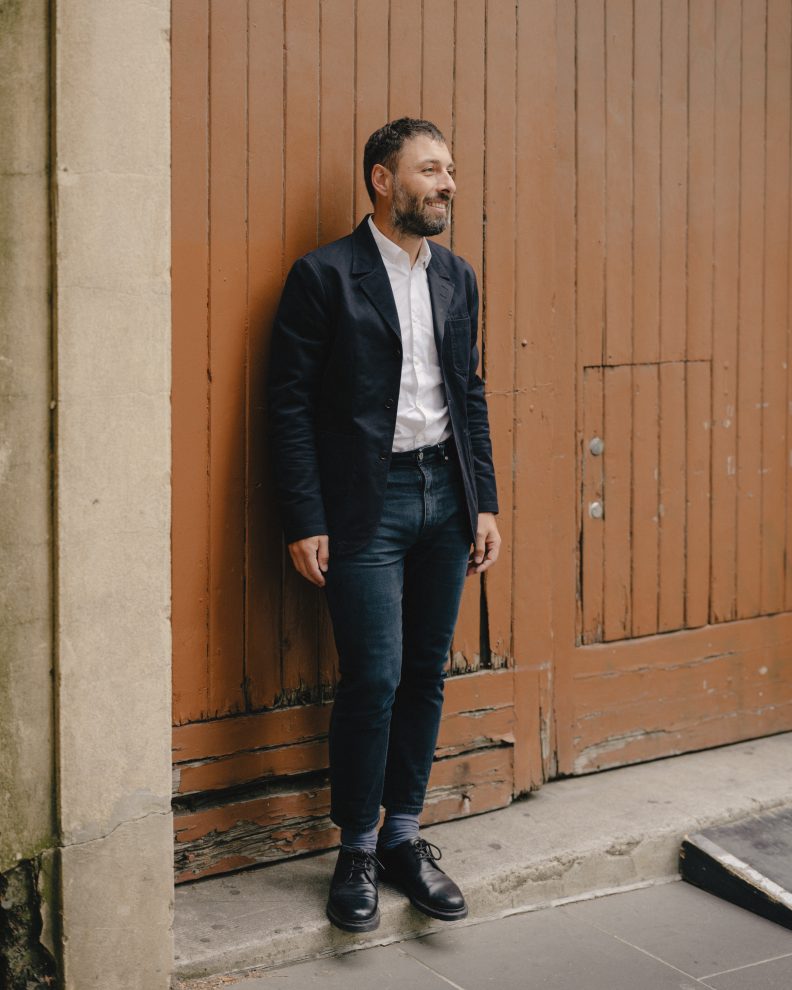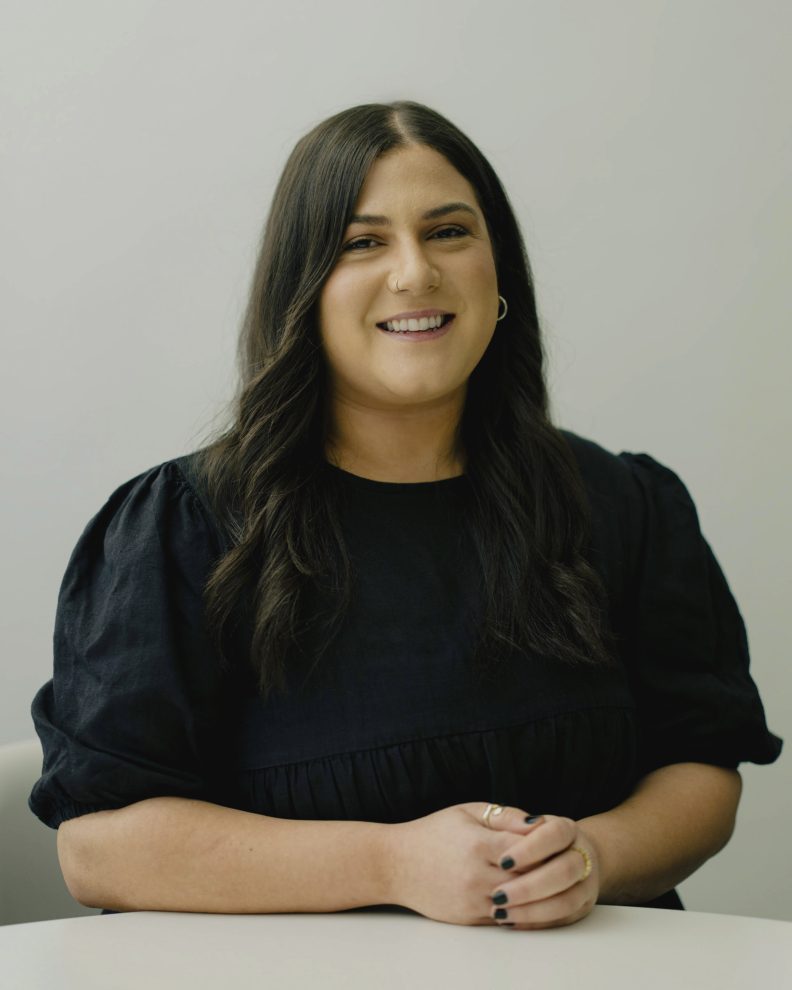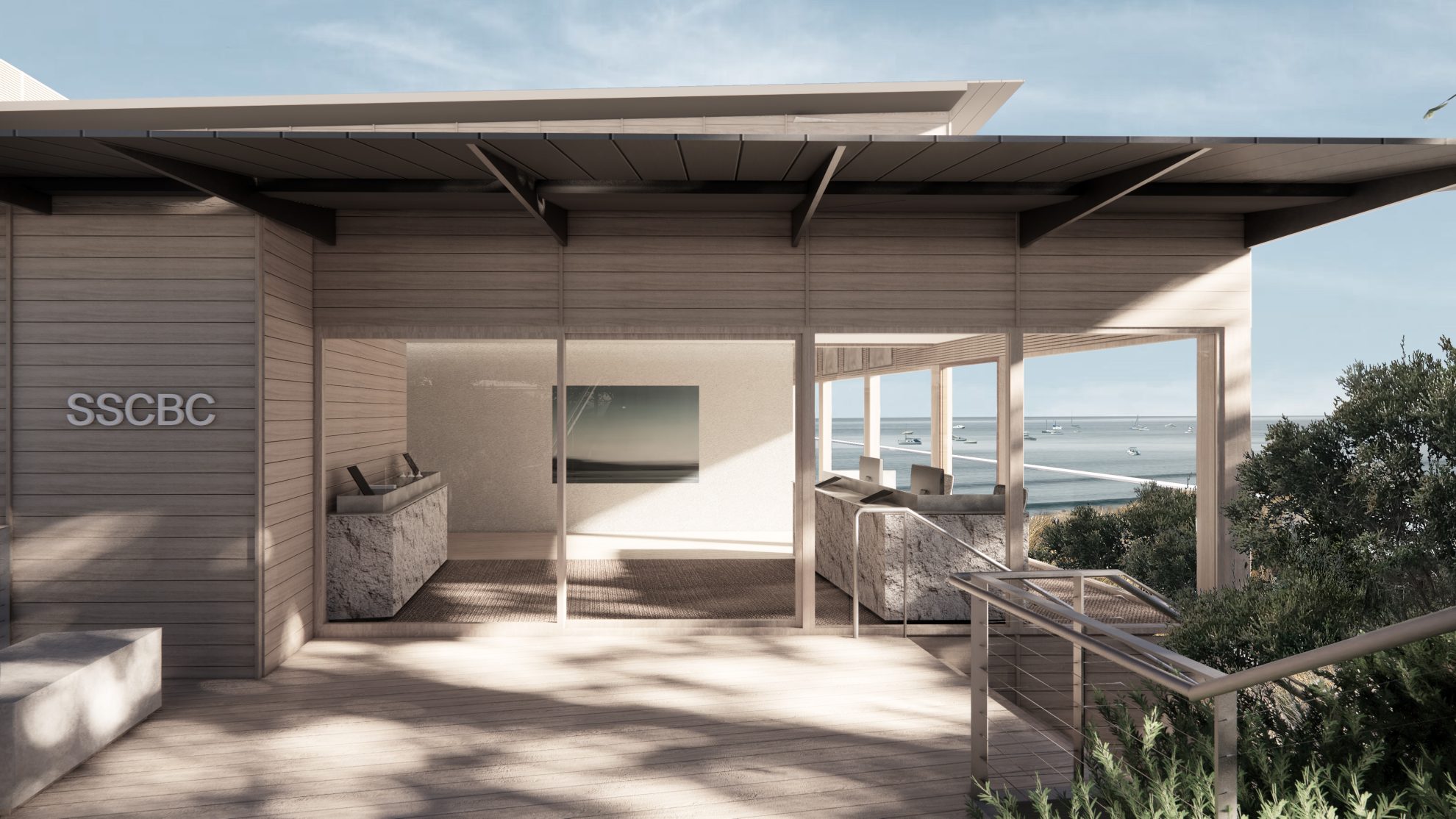
At Carr we seek to enrich the experience of everyday life through the built form and the spaces we create. To deliver on this promise, architecture and interior design must work in tandem.
As the demand for projects of scale and complexity surge across the studio, we ask Associate Director Stephen McGarry and Associate Richard Healy to share with us the benefits of a dual discipline service offering.
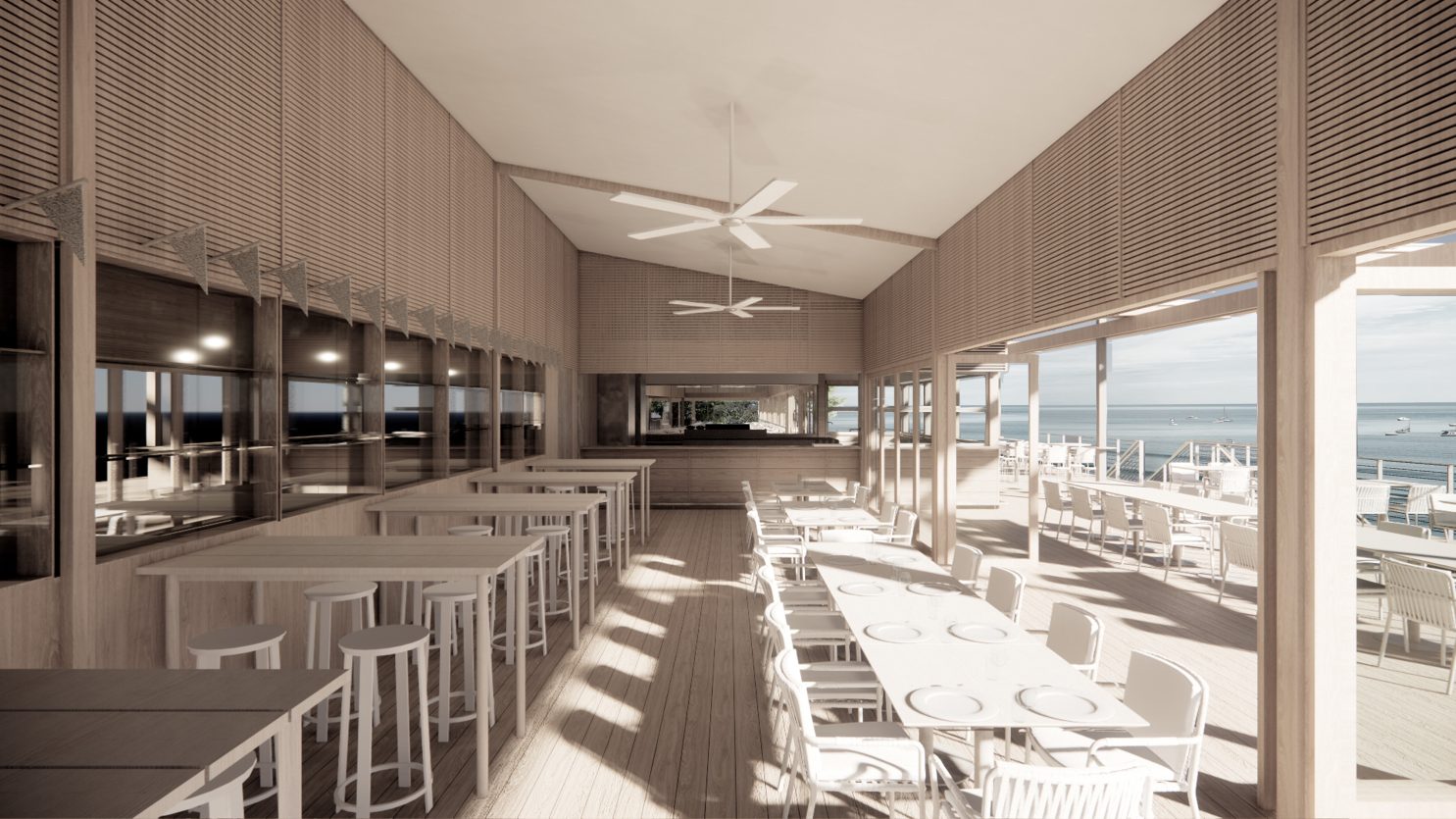
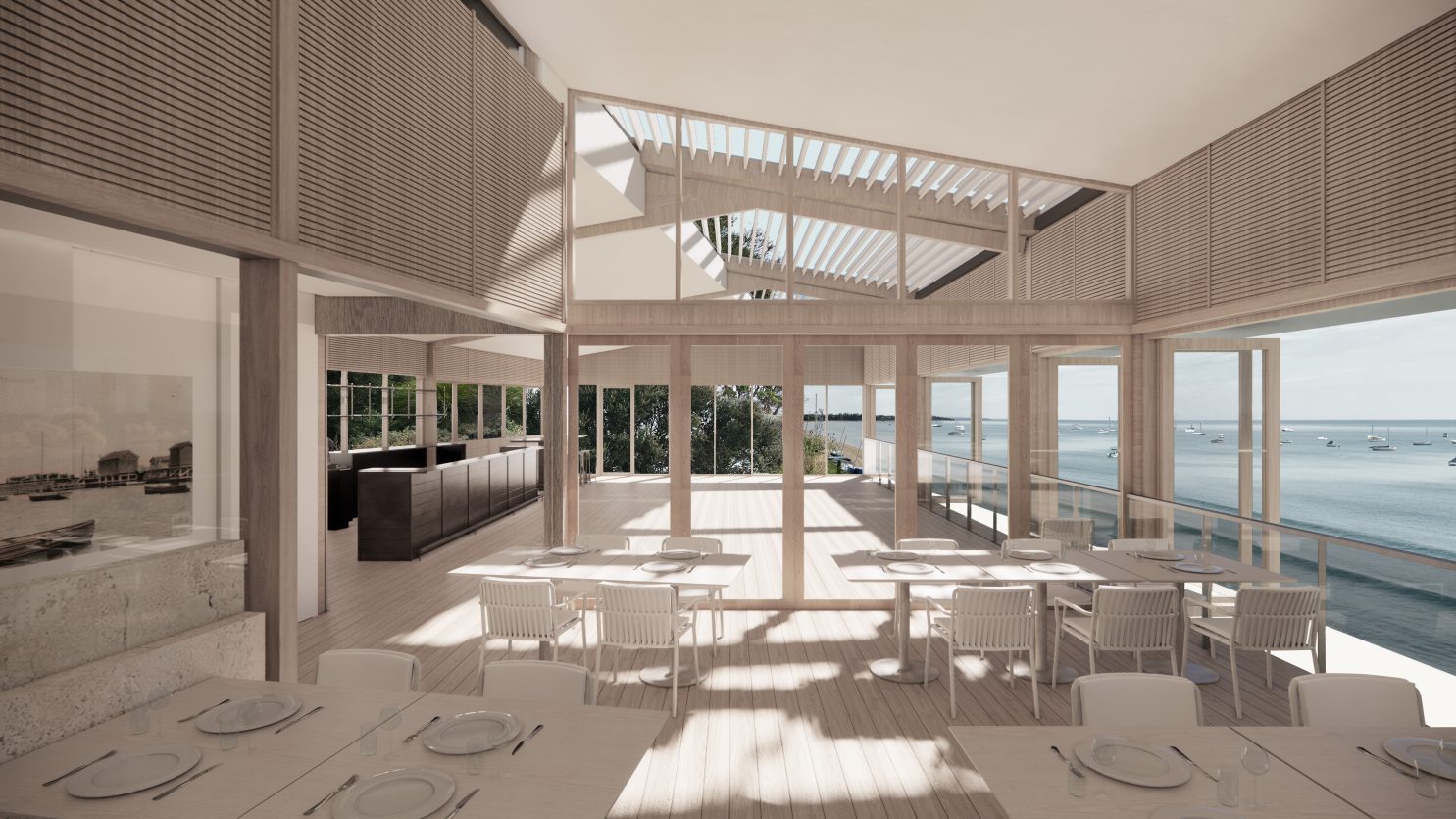
What impact do you think a dual discipline approach is having on the design outcome for clients choosing to engage these services from a single firm?
SMG: From a client’s perspective, it certainly works towards mitigating against program and coordination issues. From a studio perspective, it enables a unified vision and greater design control over a project. The engagement with the client is then naturally more streamlined and straightforward.
RH: I also see our clients unlocking extra value through the informal conversations we’re having between the two disciplines and in workshops with the client group. With every passing interaction we have within the studio, every architect and interior designer is gaining greater insight and intelligence across the whole project. This leads to a tighter project and an elevated design offering where individual teams are drawing from each other and operating as one. This process applies from concept design right through to construction.
SMG: Knowledge sharing across the team can also provide real savings for the client. For example, on commercial buildings in town planning we can attribute the early coordination and the sharing of intel between our architects and interior designers to a more aligned and predictable outcome.
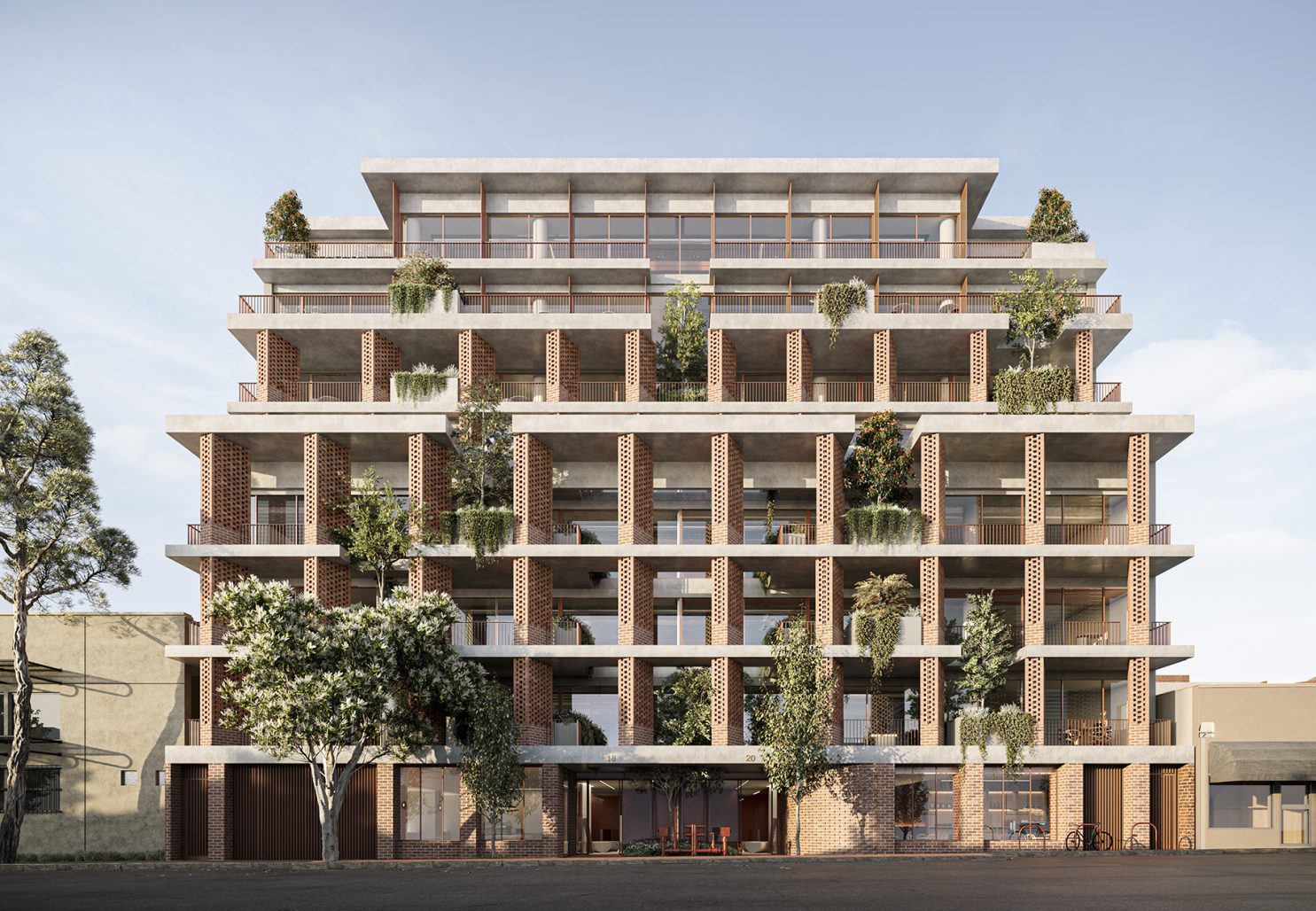
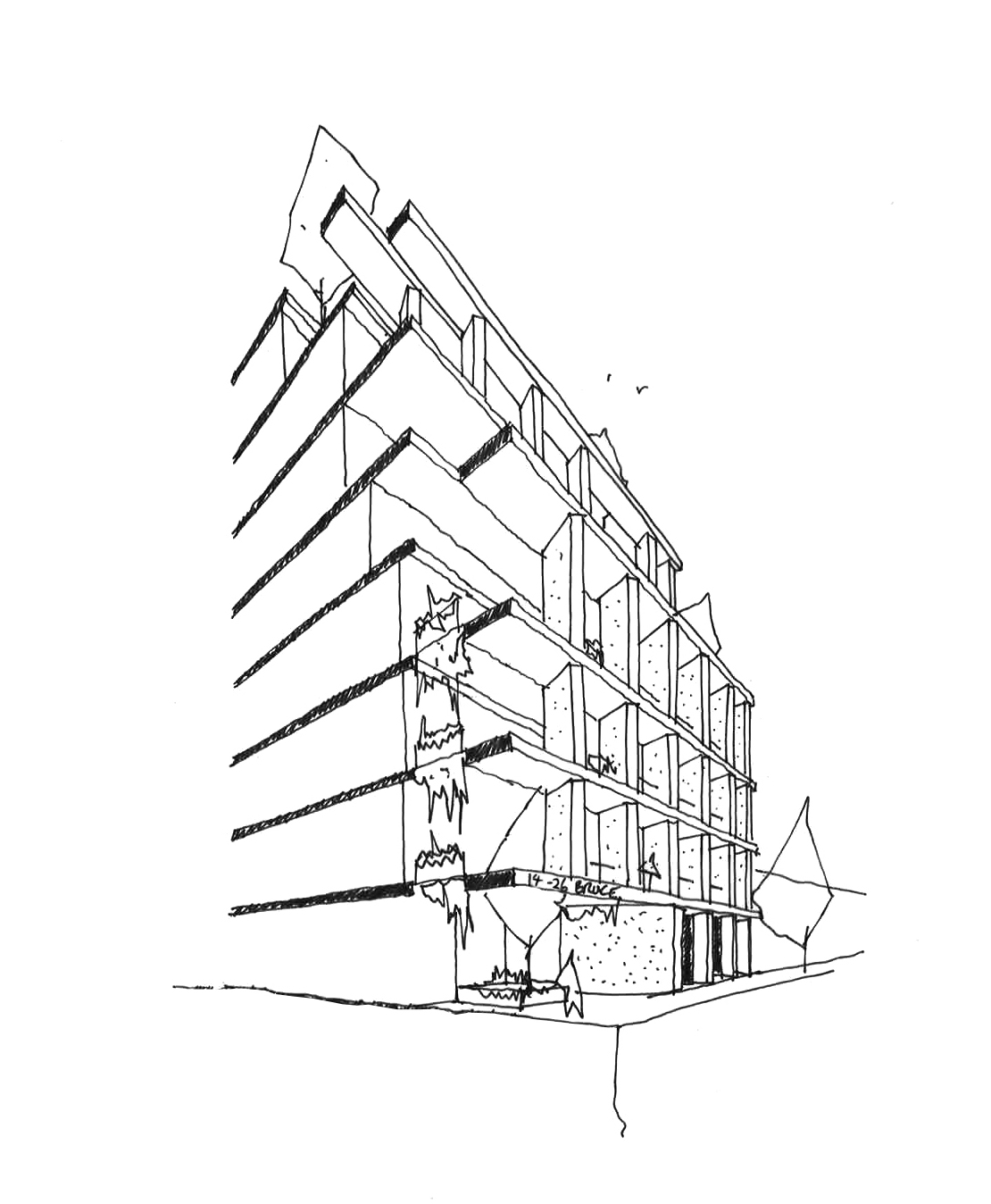
How does early engagement of the interior design team influence decision-making?
RH: Shared design principles and cross pollination between teams forms a solid foundation for any project. When interiors are engaged early in a project, we can work in unison with architecture from the start. Through an ingrained collaboration process and a strong understanding of each other’s thinking we can make informed decisions that are aligned with the client’s vision, with clarity and cohesiveness. This ultimately results in a design outcome that isn’t diluted, starting from the initial stages of conception right through to completion.
SMG: When interior designers aren’t engaged early, they are essentially designing within the confines of the architecture. We see the potential for that happening on base building projects where interior designers are typically engaged from a different firm or at a later stage. The team starts designing the fit out and often ends up working around floorplate and core design inefficiencies. Both can be avoided with early engagement.
RH: Exactly. As workplace interior specialists we are aware of the challenges that arise through base building architecture when we aren’t engaged early on, such as column misalignment, inefficient lift cores and poorly placed toilet amenities. These inefficiencies impact functional spatial requirements, modularity, and future flexibility. Consequently, workplace designs are often compromised, and end with tenants paying more in the long run.
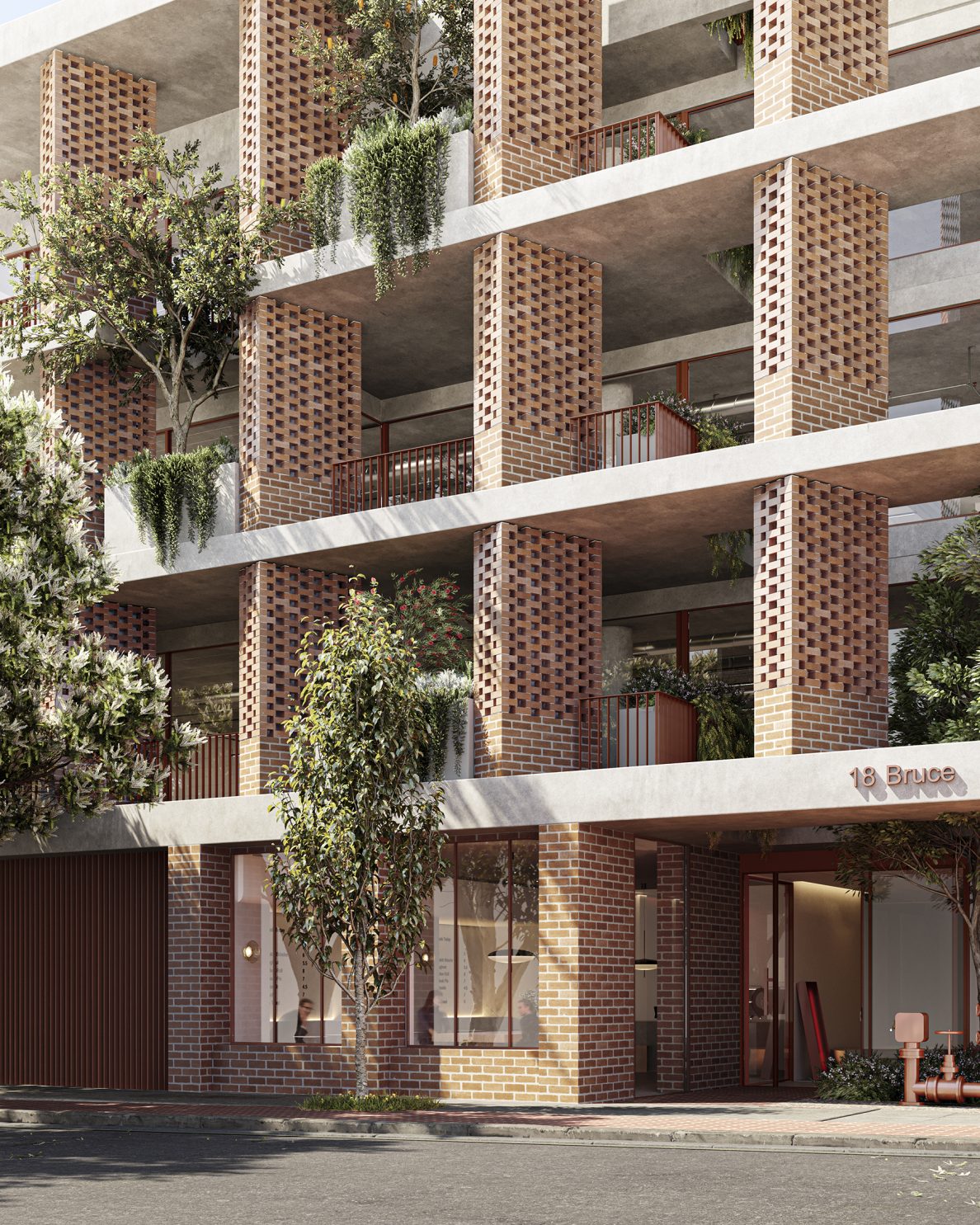
How important is cross pollination within a dual discipline team?
SMG: In our studio there is continued dialogue and learnings between our two disciplines. We value the different perspectives each discipline brings, not only to a project, but also to the professional development of our people. Interior design is very much a part of the Carr DNA, and so it’s not surprising the architects who come to work here are really interested in interiors. Equally, our interior designers share and value a technical appreciation for detail. There is an inherent understanding between our disciplines which allows cross pollination.
RH: The best part about working together on a project are the healthy and robust design conversations. We come together as a team to learn and collaborate to solve any roadblocks. Through this process we’re also able to offer diverse mentoring to our team members. Everyone is encouraged to have a voice and to access the other areas of expertise within the studio. It genuinely makes for a rewarding project experience for everyone.
Cover render featuring artwork by Julian Meagher, Chanda Mama, 2019.
Learn more about our current dual discipline projects such as Rokeby Street, 835 High Street Armadale, Brunswick Yard and The Bruce.



































